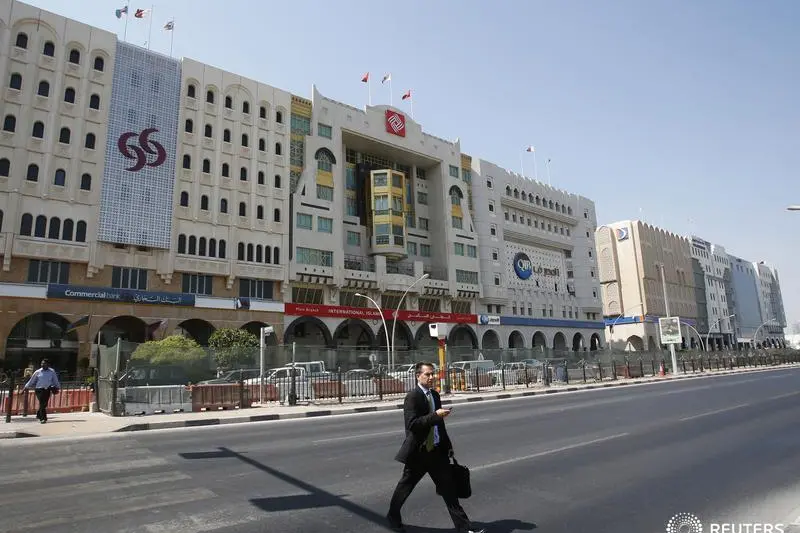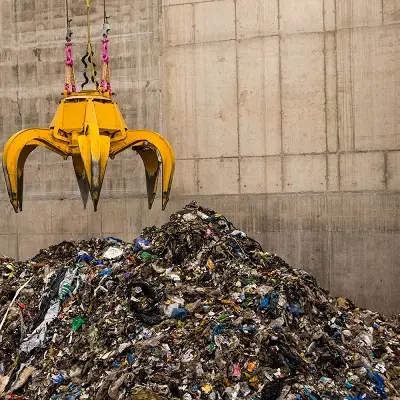PHOTO
While the banking and financial services sector in Qatar continues to be a significant source of growth in the country, recently released figures for the first half of the year suggest a mixed picture for industry earnings.
The country’s banks accounted for almost half of the QR22bn ($6bn) in net profits generated by the companies listed on the Qatar Stock Exchange (QSE) in the first six months of the year; however, when the figures are broken down on a bank-by-bank basis, some lenders saw earnings fall when compared with the same period of last year.
The 13 QSE-listed banking and financial entities reported a 3.5% year-on-year (y-o-y) rise in cumulative net profits to QR10.69bn ($3bn) over the period, compared to a 10.3% decline for the broader bourse.
While still in positive territory, gains among listed banks expanded more slowly than during the same period in 2015, when the segment reported an 8.2% increase in net profits.
Islamic segment leads growth
In the Islamic banking segment, returns were universally up among those that had released reports as of early September.
Qatar Islamic Bank, for example, saw its net profits rise by 18% y-o-y, while Masraf Al Rayan posted 5.3% growth and Qatar International Islamic Bank (QIIB) reported a 1.1% expansion. As of early September, Barwa Bank, another of the country’s Islamic banks, had yet to disclose its figures.
The continued profitability of Islamic lenders despite economic headwinds can be attributed, in part, to the segment’s lower exposure to financial volatility and its significant capital buffers.
QIIB, for example, had a 16.6% capital adequacy ratio as of the first half of 2016, compared to a sector-wide average of 15.6% at the end of last year, as per Qatar Central Bank figures.
Conventional lending results more mixed
In the conventional segment, only some lenders reported stronger earnings, though virtually all players recorded asset growth.
The country’s main conventional lender, Qatar National Bank (QNB), saw its profits increase by 12% y-o-y to QR6.2bn ($1.7), while its assets were up 36% at QR692bn ($190bn), the highest level on record for the group.
Al Khaliji Commercial Bank, another conventional lender, also saw a rise in net profits, up 6% to QR320m ($88m), while total assets rose by 8% to QR60.6bn ($16.6bn).
Other conventional players saw some slippage in their positions. Commercial Bank’s net profits were down 54.2% to QR482m ($87.9m), although its total assets were up 7% at QR127bn ($34.9bn), with loans, advances and deposits all recording growth.
Doha Bank, meanwhile, saw its net profits ease by 11.6% y-o-y to QR708m ($194.4m), though its loan book and deposits increased.
Ahli Bank was the last conventional lender to report a decline in earnings, albeit marginal, with net profits down 1.8% at QR332.7m ($91.4m); however, its balance sheet was up 6.2% since end-2015.
Non-resident deposits offset public sector declines
Deposit growth was largely due to a 98.8% increase in non-resident deposits in the 12 months to June, according to QNB, stemming from the continued influx of foreign workers as large-scale infrastructure projects move ahead.
Qatar’s population increased by 9.7% in the year to July to 2.33m, and the male population was up 10.5% at 1.84m.
This helped compensate for a decline in public sector deposits, which were down 12.5% y-o-y, as well as sluggish deposit growth in the private sector, at just 0.4%.
In addition to weaker government revenue, these figures also point to more modest economic expansion. GDP growth is projected to ease from 3.7% in 2015 to 3.3% this year, according to QNB.
In a statement issued earlier this year, ratings agency Standard & Poor’s forecast that lower energy prices would continue to inhibit deposit growth and liquidity among Qatari lenders throughout 2016.
© Oxford Business Group 2016












